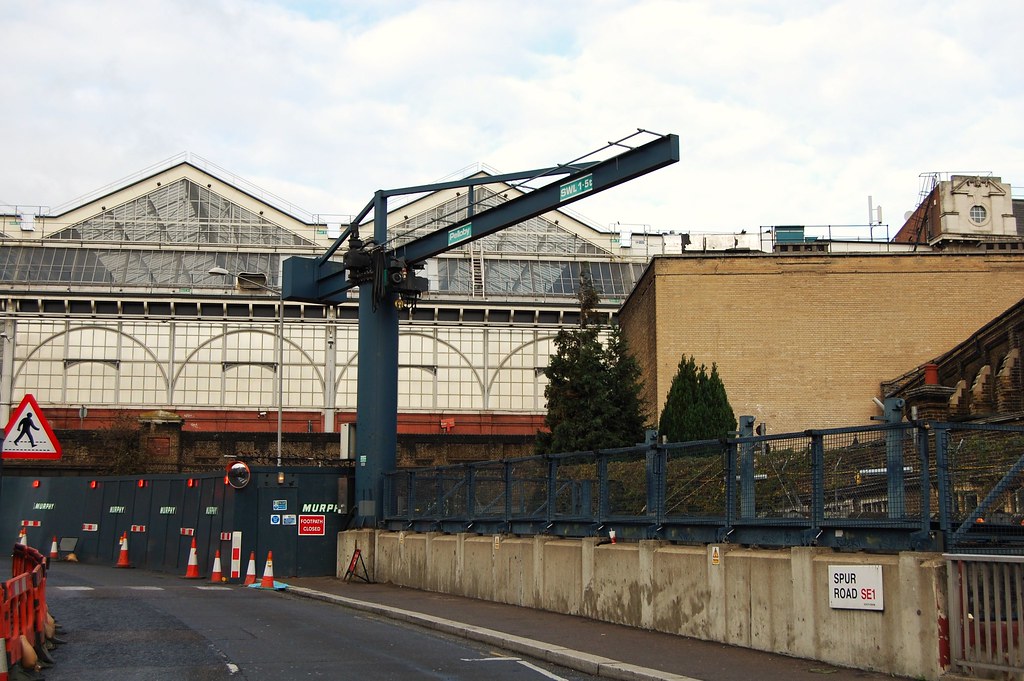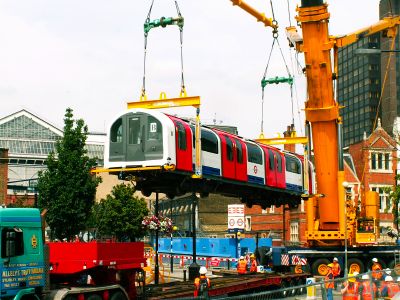GardenRail
Member
I have always been amazed by the London Underground, as a semi-regular visitor to London. I have a question, but I'm not sure how to word it in and understandable way, so please humour me.
For a moment just forget loading gauge of the different trains and the lines they use. Is it, in theory, possible to get a London Underground Train from anywhere on the network, to anywhere on the network? Are all the lines ultimately joined up, whether that be by traversing some Network Rail Track, or directly via the Undergrounds Network? Or are all the lines, self contained with no link to the rest of the network?
I hope that makes sense.
Thanks.
For a moment just forget loading gauge of the different trains and the lines they use. Is it, in theory, possible to get a London Underground Train from anywhere on the network, to anywhere on the network? Are all the lines ultimately joined up, whether that be by traversing some Network Rail Track, or directly via the Undergrounds Network? Or are all the lines, self contained with no link to the rest of the network?
I hope that makes sense.
Thanks.


